Ever wondered about the most forbidden places in the world? These secret locations spur curiosity but remain off-limits to the public.
In this blog, we’ll journey through 15 forbidden places you cannot visit. Discover why these places are inaccessible and what makes them fascinating.
Whether it’s the dangerous Snake Island or the mysterious Area 51, each destination has a unique story.
These off-limits destinations will captivate your imagination and leave you eager to learn more about the world’s most secretive places.
Top 15 forbidden places (One line Description)
- Area 51, USA: A top-secret military base in Nevada known for UFO sightings and classified projects.
- The Svalbard Global Seed Vault, Norway: A secure seed storage facility in Norway safeguarding global crop diversity.
- Lascaux Caves, France: Ancient French caves featuring prehistoric paintings that are closed to the public.
- Poveglia Island, Italy: An abandoned island in Italy’s Venetian Lagoon with a dark history of plague and asylum use.
- North Brother Island, USA: A deserted quarantine island in New York City, now a bird sanctuary.
- Surtsey Island, Iceland: A volcanic island in Iceland restricted to scientific research.
- Niihau Island, Hawaii, USA: A private Hawaiian island preserving traditional lifestyles, closed to outsiders.
- The Coca-Cola Vault, USA: A heavily guarded vault in Atlanta containing the secret formula for Coca-Cola.
- Ise Grand Shrine, Japan: A sacred Shinto shrine in Japan, restricted to high-ranking priests and the Imperial Family.
- Heard Island, Australia: A remote Australian island with unique wildlife and active volcanoes, restricted to researchers.
- Mezhgorye, Russia: A closed Russian town believed to be a secret military base.
- Snake Island (Ilha da Queimada Grande), Brazil: An island off Brazil with a high population of deadly snakes, closed to the public.
- Vatican Secret Archives, Vatican City: Extensive archives in Vatican City containing confidential church documents.
- Tomb of Qin Shi Huang, China: The largely unexplored burial site of China’s first emperor, guarded by the Terracotta Army.
- Room 39, North Korea: The Secretive Government Office
1. Area 51, USA
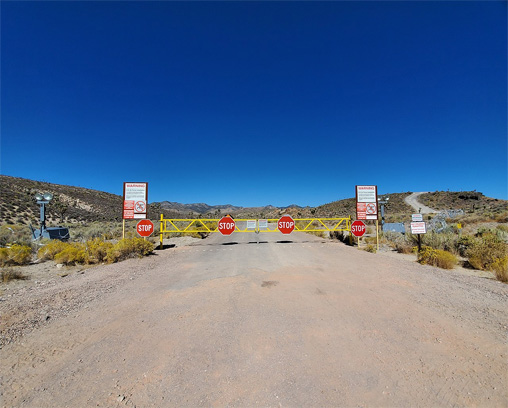
Area 51, located in the Nevada desert, is a top-secret U.S. military base shrouded in mystery. Established in the 1950s, it has long been a focal point for conspiracy theories and UFO enthusiasts. Despite its high security, the base’s exact purpose remains classified.
The primary reason Area 51 is forbidden is its role in testing advanced military technology. This includes experimental aircraft and weapons. The secrecy surrounding these projects fuels speculation about extraterrestrial life and government cover-ups. Signs around the base warn against trespassing, and security is known to be extremely strict.
While the U.S. government has declassified some information about Area 51, much of its operations remain hidden, keeping it one of the most secretive places on Earth.
Read more: Area 51: What is it and what goes on there?
2. The Svalbard Global Seed Vault, Norway

The Svalbard Global Seed Vault, located on a remote island in Norway, is a critical repository for the world’s agricultural heritage. Opened in 2008, it serves as a backup for crop seeds, safeguarding them from natural or man-made disasters. This “Doomsday Vault” ensures the preservation of biodiversity.
Access to the vault is highly restricted to protect the seeds stored within. Only a few scientists and authorized personnel can enter. The facility is designed to withstand earthquakes, nuclear threats, and other catastrophes, ensuring the seeds remain viable for centuries.
One interesting fact is that the vault holds over a million seed samples from almost every country in the world. These seeds include important staples like rice, wheat, and maize.
3. Lascaux Caves, France
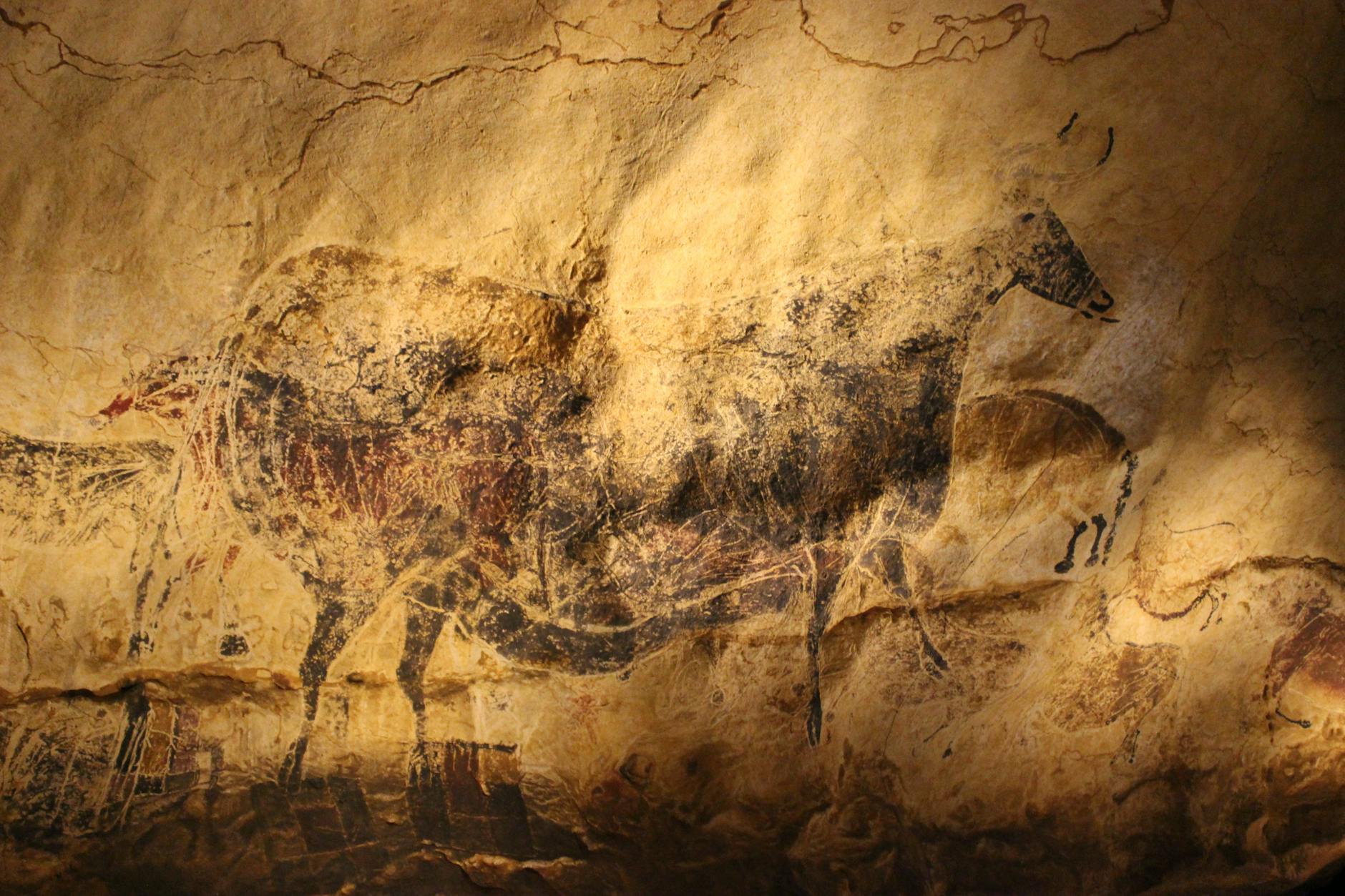
The Lascaux Caves in southwestern France are home to some of the world’s most stunning prehistoric art. Discovered in 1940, these caves feature over 600 intricate wall paintings, dating back around 17,000 years. The artwork provides invaluable insight into early human culture and creativity.
Due to the fragility of the paintings, the caves have been closed to the public since 1963. The delicate art is highly susceptible to damage from light, heat, and moisture brought in by visitors. To protect this priceless heritage, access is limited to a select few researchers and conservators.
An interesting fact about the Lascaux Caves is the creation of Lascaux II, a meticulous replica of the original cave, open to the public. This allows people to appreciate the ancient art without jeopardizing its preservation.
Read More: Top 15 Historical Sites That Tell Stories
4. Poveglia Island, Italy
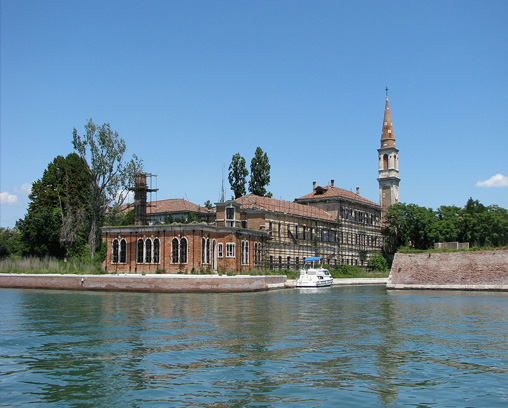
Poveglia Island, located in the Venetian Lagoon, has a dark and spooky history. Once used as a quarantine station for plague victims, it later housed a mental asylum. Today, the island is abandoned and shrouded in mystery, making it one of the most forbidden places in the world.
The Italian government has restricted access to Poveglia due to safety concerns. The decaying buildings pose a hazard, and the island’s gruesome history adds to its forbidding aura. Legends of hauntings and paranormal activity further deter potential visitors.
One chilling fact is that Poveglia is often called the “Island of Ghosts.” Many believe it is haunted by the souls of plague victims and former asylum patients.
Read more: Poveglia Island: All About Venice’s Haunted Island
5. North Brother Island, USA
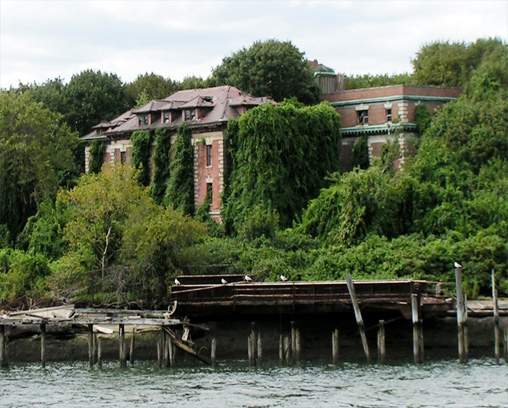
North Brother Island sits in New York City’s East River, hidden in plain sight. Once home to a quarantine hospital, it later served as a drug rehabilitation centre. Now, the island is abandoned and off-limits to the public, left to nature’s reclamation.
The primary reason for its restricted access is safety. The island’s structures are in disrepair, posing significant risks. Additionally, it has become a bird sanctuary, providing a haven for herons and other wildlife. New York City officials aim to preserve this natural habitat.
An interesting fact about North Brother Island is its connection to “Typhoid Mary,” who was confined there for many years. Despite its urban location, North Brother Island remains a forbidden and mysterious place.
6. Surtsey Island, Iceland
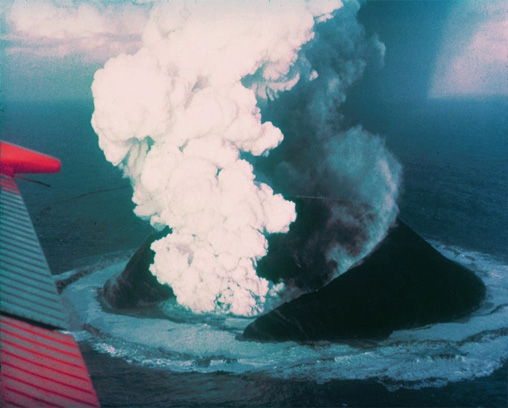
Surtsey Island, formed by a volcanic eruption in 1963, is one of the youngest landmasses on Earth. Located off the southern coast of Iceland, it is a living laboratory for scientists studying ecological succession and island biogeography.
Access to Surtsey is strictly controlled to protect its pristine environment. Only a handful of scientists are allowed to visit, ensuring that human impact is minimized. This helps maintain the island’s natural state for ongoing research.
The island provides valuable insights into how life colonizes new land. Despite its isolation and restricted access, Surtsey Island plays a crucial role in scientific discovery.
Read More: 15 Mind-Blowing Facts About France That Will Surprise You
7. Niihau Island, Hawaii, USA
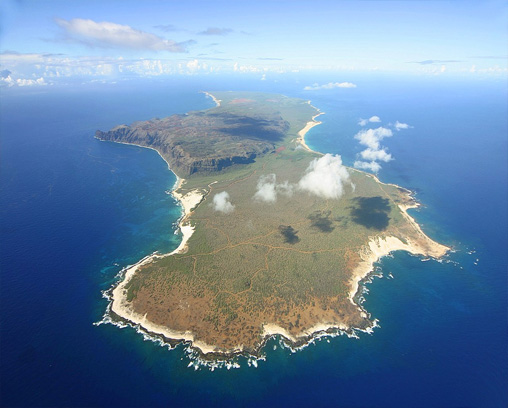
Niihau Island, known as the “Forbidden Island,” is a privately-owned piece of paradise in Hawaii. Purchased by the Robinson family in the 1860s, it remains largely off-limits to outsiders. The island’s residents live a traditional Hawaiian lifestyle, preserving their unique culture and language.
Access to Niihau is highly restricted to protect this way of life. Only invited guests and relatives of the island’s inhabitants are permitted to visit. This exclusivity ensures that the community remains undisturbed by modern influences.
The island operates without electricity, and its residents rely on solar power and rainwater. Niihau offers a glimpse into Hawaii’s past, maintaining traditions that have been lost elsewhere.
Read more: Hawaii’s Forbidden Island: Why Is No One Allowed on Niihau Island?
8. The Coca-Cola Vault, USA
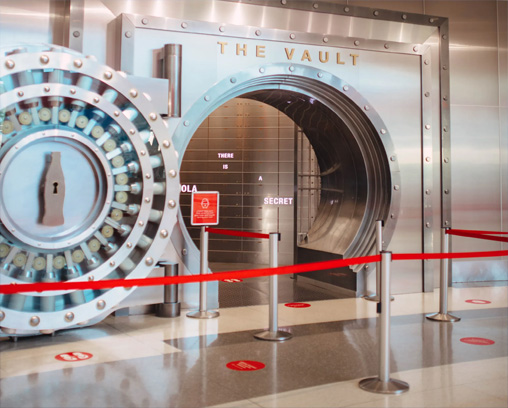
The Coca-Cola Vault in Atlanta, Georgia, is one of the most heavily guarded places in the world. It holds the secret formula for Coca-Cola, a recipe that has been closely guarded for over a century. The vault symbolizes the company’s commitment to protecting its brand.
The primary reason for its restricted access is to maintain the secrecy of the formula. Only a few top executives know the complete recipe, and the vault is equipped with advanced security measures. This ensures that the formula remains one of the best-kept secrets in the business world.
An interesting fact about the Coca-Cola Vault is its cultural significance. The formula is a part of American history, with myths and legends surrounding its origins. The vault’s secrecy adds to the allure of one of the world’s most popular beverages.
9. Ise Grand Shrine, Japan
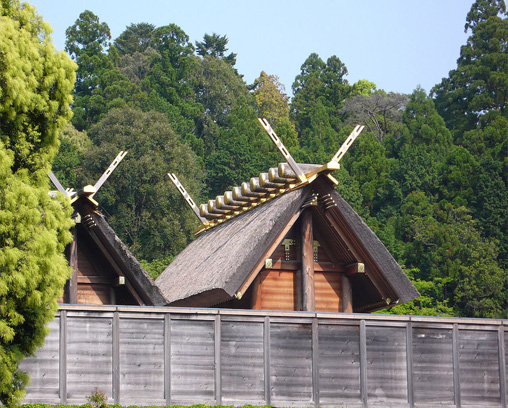
The Ise Grand Shrine, located in Mie Prefecture, Japan, is one of Shinto’s most sacred sites. Dedicated to the sun goddess Amaterasu, it has been a place of worship for over 2,000 years. The shrine is rebuilt every 20 years as part of a ritual renewal.
Access to the inner sanctum is forbidden to the public. Only high-ranking priests and members of the Japanese Imperial Family can enter. This restriction maintains the shrine’s sanctity and spiritual purity.
A unique fact about Ise Grand Shrine is the practice of Shikinen Sengu, the regular rebuilding of the shrine. This tradition symbolizes renewal and continuity, reflecting Shinto beliefs.
Read More: Top 15 Unforgettable Facts About the World’s Most Iconic Landmarks
10. Heard Island, Australia
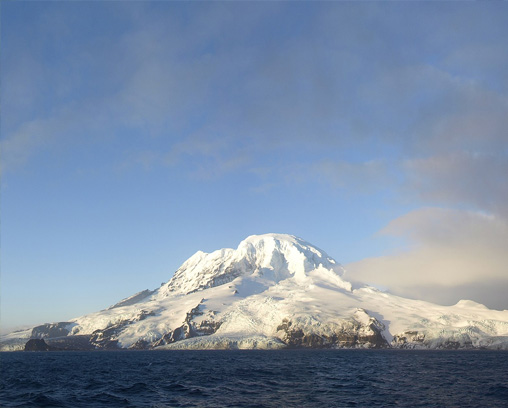
Heard Island is a remote, uninhabited island in the southern Indian Ocean. It is home to the Heard Island and McDonald Islands (HIMI) group, which are Australian territories. The island is known for its rugged terrain and volcanic activity.
One fascinating fact about Heard Island is its active volcano, Mawson Peak. The volcano is the highest mountain in Australian territory.
The primary reason Heard Island is forbidden is to protect its unique environment. The island’s ecosystem is fragile, with many species found nowhere else on Earth. Strict regulations limit access to scientific researchers and environmentalists.
Read more: Australia’s Heard Island: A mysterious land of fire and ice
11. Mezhgorye, Russia

Mezhgorye is a closed town in the Republic of Bashkortostan, Russia. Established in 1979, it is believed to be a secret military base. The town’s true purpose remains classified, fueling speculation.
Access to Mezhgorye is restricted to authorized personnel only. The town is heavily guarded, with military checkpoints and surveillance. This secrecy is thought to be related to the town’s role in strategic missile defense.
One fascinating element about Mezhgorye is its rumored connection to Mount Yamantau. The mountain is believed to house a vast underground complex. Despite its enigmatic nature, Mezhgorye remains one of Russia’s most secretive locations.
12. Snake Island (Ilha da Queimada Grande), Brazil

Snake Island, officially known as Ilha da Queimada Grande, is located off the coast of Brazil. It is infamous for its dense population of venomous snakes, including the deadly golden lancehead viper. This makes it one of the most dangerous places in the world.
The Brazilian government has prohibited public access to protect both humans and the snake population. Only a few scientists are allowed to visit for research purposes. The island’s hazardous conditions make it a risky destination.
One shocking fact about Snake Island is that there are estimates of one snake per square meter. This high density of venomous snakes has led to many legends and myths.
Read More: Uncover Earth’s Most Isolated Places and Their Mysteries
13. Vatican Secret Archives, Vatican City
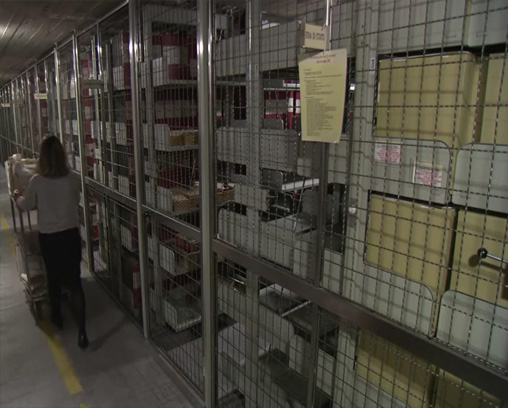
The Vatican Secret Archives, located within Vatican City, house some of the Catholic Church’s most significant historical documents. These archives contain centuries of papal records, correspondence, and state papers. They offer invaluable insights into the Church’s history.
Access to the archives is highly restricted. Only qualified scholars with specific research purposes are granted entry. The archives’ contents are carefully guarded to preserve their integrity and confidentiality.
One remarkable datum about the Vatican Secret Archives is their sheer size. The collection spans over 50 miles of shelving. Despite being off-limits to the public, the archives continue to be a source of fascination and intrigue.
Read more: 15 captivating Vatican City secrets revealed!
14. Tomb of Qin Shi Huang, China
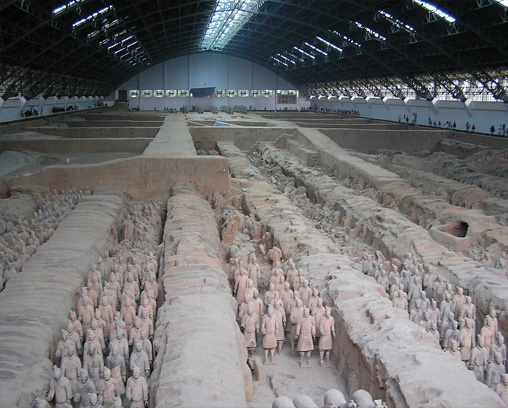
The Tomb of Qin Shi Huang, situated in Xi’an, China, is the final resting place of the first Emperor of China. Discovered in 1974, the tomb is famous for its Terracotta Army, thousands of life-sized clay soldiers buried to protect the emperor in the afterlife.
The Chinese government has restricted excavation of the main tomb. Concerns about preserving the artifacts and the unknown risks of excavation have led to a cautious approach. This means the tomb remains largely unexplored.
Legends suggest that the tomb is a microcosm of the emperor’s palace, complete with rivers of mercury.
15. Room 39, North Korea: The Secretive Government Office
Room 39, located in North Korea, is one of the most secretive and mysterious places in the world. It is believed to be an office under the ruling Workers’ Party and is situated within a government building in Pyongyang. Established in the late 1970s, Room 39 is thought to be responsible for generating foreign currency for the country’s leadership through various means, both legal and illicit.
The operations within Room 39 are shrouded in secrecy, but it is widely speculated that it manages a network of businesses and operations. These range from legitimate ventures like hotels and restaurants to illicit activities such as counterfeiting, drug trafficking, and smuggling.
Access to Room 39 is highly restricted, and little is known about its exact workings. The international community remains largely in the dark about its full scope and impact.
Final note:
The world is full of fascinating places shrouded in mystery. From the secretive Area 51 to the ancient Lascaux Caves, these forbidden locations captivate our imaginations and stir our curiosity. Each site holds unique secrets, whether it’s the unknown contents of the Vatican Secret Archives or the untapped wonders within the Tomb of Qin Shi Huang.
While access to these places is restricted, their stories continue to inspire us. They remind us of the vastness of our world and the many mysteries it still holds. Though we may never set foot in these forbidden places, the allure of their secrets ensures they remain a vital part of our collective imagination and heritage.
15 FAQs ( Frequently asked questions):
-
Why are some places in the world forbidden to visit?
Some places are forbidden due to safety concerns, environmental protection, preservation of historical artifacts, and security reasons.
-
How can I learn more about these forbidden places?
You can read books, watch documentaries, and explore reputable websites dedicated to historical, cultural, and scientific topics.
-
Are there any guided virtual tours available for these restricted locations?
Yes, some places offer virtual tours or online exhibitions to provide insights into their significance without physical access.
-
Has anyone ever been granted special access to these forbidden places?
Yes, researchers, scientists, and authorized personnel have been granted special access for study and preservation purposes.
-
What kind of security measures are in place at these forbidden locations?
Security measures include restricted entry, surveillance systems, guarded perimeters, and in some cases, military protection.
-
Can the public view artifacts or information from these places in museums or online?
Some artifacts and information from forbidden places are displayed in museums or shared online, offering public access to significant findings.
-
Are there any forbidden places that have been opened to the public in recent years?
Occasionally, restricted sites may be opened to the public for special tours or events, but this is rare and often highly controlled.
-
How do governments decide which places should be off-limits?
Decisions are based on factors such as national security, preservation of cultural heritage, environmental protection, and public safety.
-
What happens if someone tries to illegally access a forbidden place?
Individuals caught illegally accessing forbidden places may face legal consequences, fines, or even imprisonment, depending on the location’s regulations.
-
Are there any legends or myths associated with these forbidden places?
Many forbidden places are surrounded by legends and myths, adding to their mystique and public fascination.
-
How do researchers study these locations without causing damage?
Researchers use non-invasive techniques, advanced technology, and strict protocols to study these locations while minimizing impact.
-
What role do these places play in their respective cultures or histories?
Forbidden places often hold significant cultural, historical, or spiritual value, reflecting important aspects of the societies they are part of.
-
Are there any known risks or dangers associated with these forbidden locations?
Risks include environmental hazards, structural instability, potential exposure to hazardous materials, and legal repercussions.
-
How can the preservation of these places benefit future generations?
Preserving forbidden places ensures that their historical, cultural, and scientific value is maintained for future educational and research opportunities.
-
What are some notable discoveries made in these forbidden places?
Discoveries include ancient artifacts, unique ecological data, historical documents, and new insights into past civilizations and natural phenomena.




